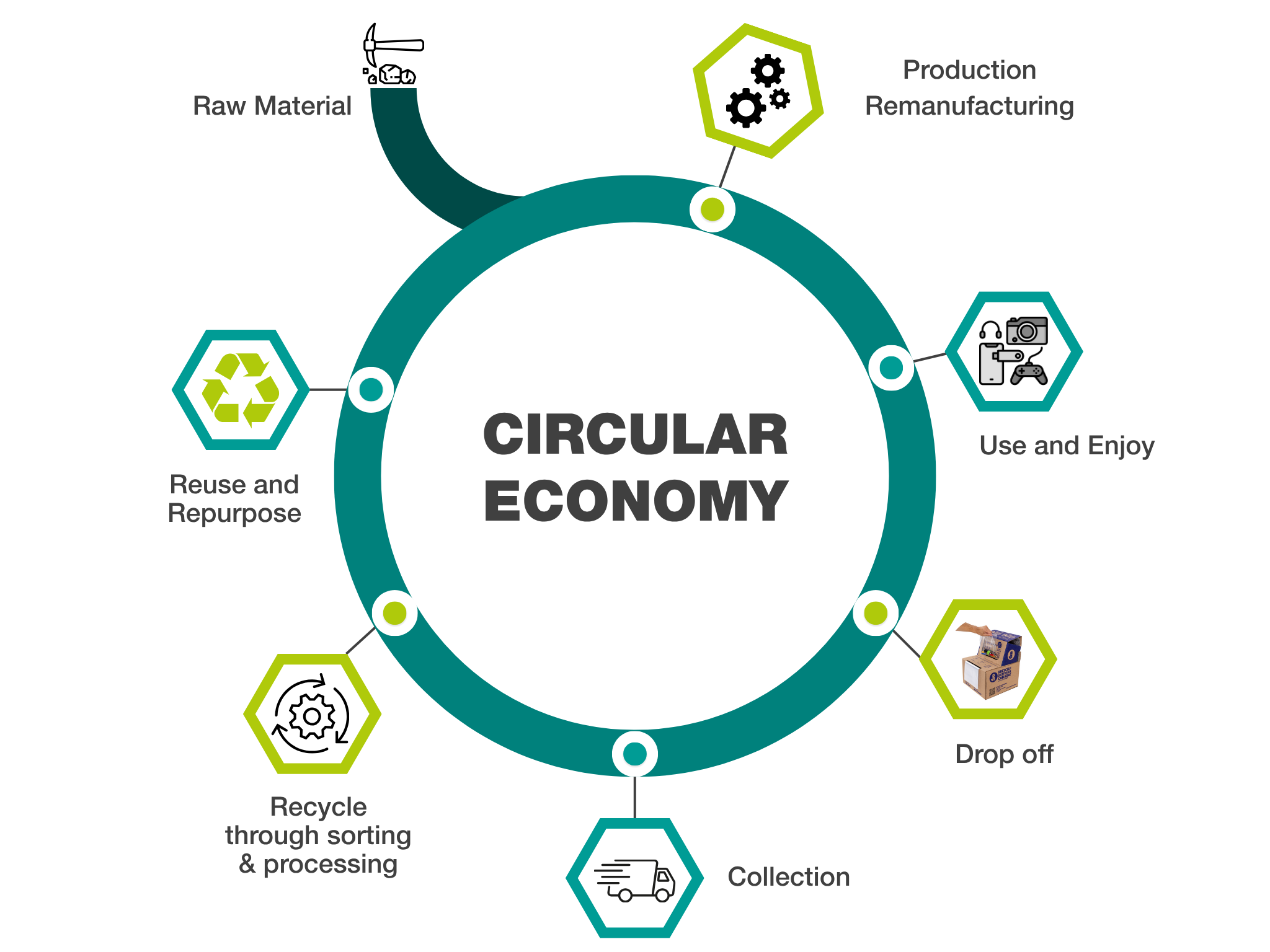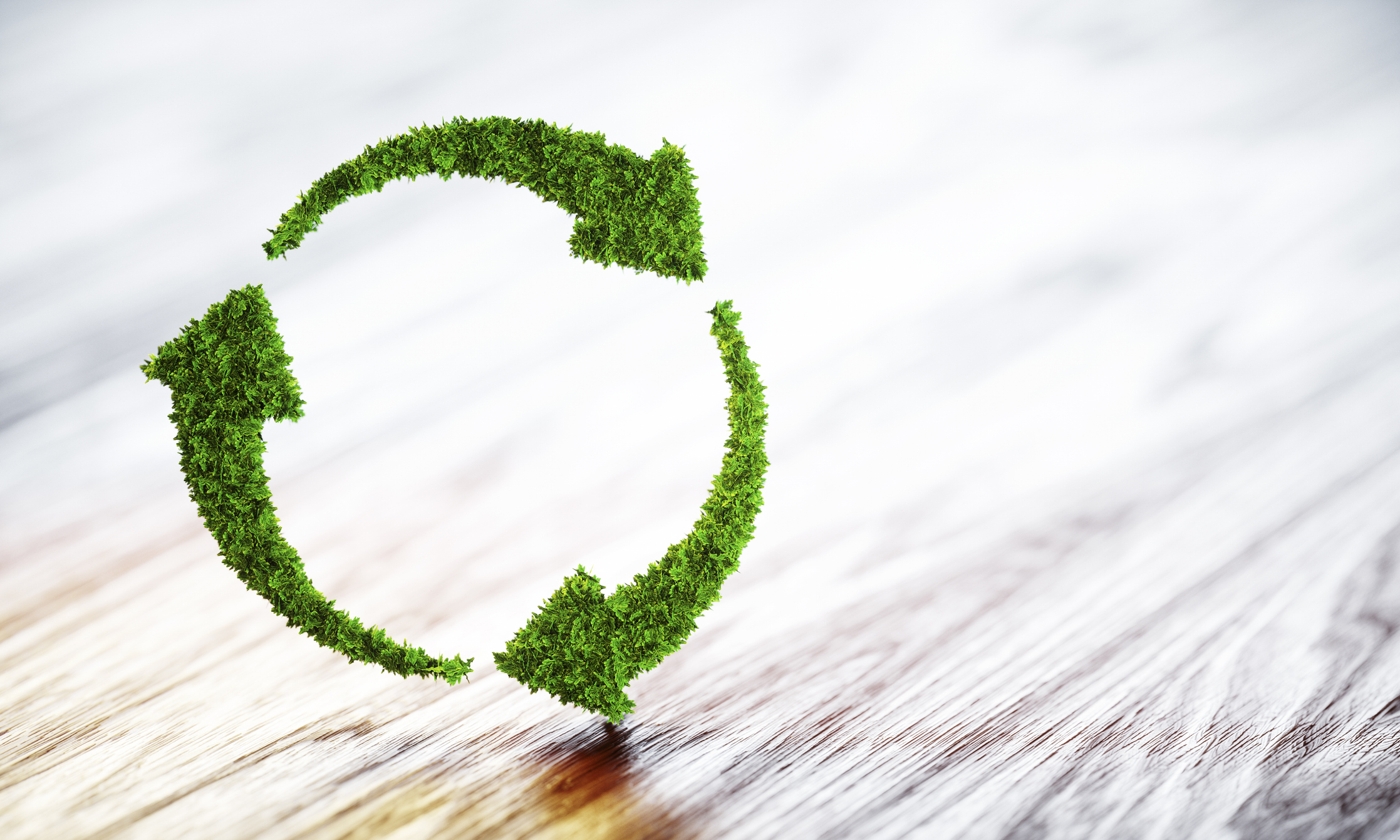In today’s rapidly changing world, sustainability has become a vital focus as the planet faces increasing pressures from rising resource use and waste production. As human activity continues to impact natural resources, it is important to reconsider how we produce, consume, and dispose of materials. A key solution in this shift is the concept of a circular economy, which emphasizes reducing waste, reusing materials, and recycling resources to keep them in circulation for as long as possible. This approach is especially important across many industries, from fashion to electronics, where the need for sustainable practices is increasing. One critical area that reflects this change is battery recycling, as the demand for energy storage rises alongside the urgency to lessen environmental impact. Adopting circular economy principles provides a way to cut waste, save resources, and build a more sustainable future.
What is a Circular Economy?
A circular economy is an economic model that challenges the traditional “take, make, dispose” approach of linear economies. In a circular system, products, materials, and resources are kept in use for as long as possible, extracting maximum value from them while in use, and then recovering and regenerating materials at the end of their service life.

Circular Economy in Action: Why It Matters
In a linear economy, we extract resources, produce products, and discard them when they are no longer useful. This results in the depletion of finite resources and places a huge waste burden on the environment. The circular economy, however, creates a system where the lifecycle of materials is prolonged, reducing the need for raw material extraction and minimizing environmental damage.
Batteries are a prime example of a product that fits perfectly into the circular economy model.
The Role of Battery Recycling in the Circular Economy
Batteries, especially lithium-ion batteries used in consumer electronics such as toys and tools, electric vehicles (EVs), or any e-transport mode (e-bikes, e-scooters, e-skateboards), are made of valuable metals and materials like lithium, cobalt, nickel, and graphite. These materials are limited, and mining them raises environmental concerns.
Battery recycling is a powerful example of how the principles of the circular economy can be applied to solve these problems:
- Reducing resource extraction: By recycling old batteries, we reduce the need to mine new materials, which can be environmentally damaging and costly.
- Recovering valuable materials: Recycled batteries contain materials that can be reused in new battery production, closing the loop and ensuring a more sustainable source of raw materials.
- Decreasing environmental impact: Proper recycling reduces harmful chemicals and metals from entering landfills or the environment, addressing the growing problem of electronic waste.
How Call2Recycle Strengthens Canada’s Circular Economy
As Canada’s leading not-for-profit battery collection and recycling organization, Call2Recycle turns circular theory into everyday practice, delivering measurable environmental and economic value.
1) A coast-to-coast collection network that creates access and work
We’ve grown to ~15,000 collection sites nationwide, meaning ~90% of Canadians have a drop-off location within 15 km. This network engages retailers, municipalities, depots, and workplaces, supporting local roles across customer service, logistics, and community outreach.
2) Record volumes of recycled materials are kept in Canada’s economy
In 2024, Canadians recycled 6.8 million kg of used batteries through our program, a 17% year-over-year increase. Since 1997, we’ve surpassed 55 million kilograms recycled, keeping valuable materials in circulation and out of landfills.
3) Investment that builds local jobs, sortation capacity, and processing
We work with Canadian partners to expand sorting and processing, driving new investment and jobs across transportation, sorting technology, environmental engineering, and plant operations. A recent Ontario expansion highlights how strengthening battery infrastructure creates a skilled, future-focused workforce and keeps more value in Canada.
4) More sorters & processors to meet demand, safer and more efficient
We continue to add sorters and processors across Canada, tapping new automation to boost throughput and safety as volumes rise. All approved facilities meet the highest standards, with annual third-party and internal monitoring to ensure environmental, health, and safety compliance.
5) Education that turns good intentions into daily habits
Through our brand ambassador Christine Sinclair and our national campaigns like “Collect, Protect, Drop Off,” we make battery recycling safe and straightforward, helping households and businesses build lasting circular habits.
Call2Recycle’s circular model doesn’t just divert waste; it creates Canadian jobs, grows safer sortation and processing capacity, and keeps money and materials working at home which is more important now than ever.
Circular Economy as a Path to Sustainability
Battery recycling clearly shows how the circular economy model can address some of our biggest challenges: resource scarcity, waste management, and environmental damage. Moving from a linear to a circular approach not only encourages more efficient resource use but also builds a sustainable system that benefits the economy, society, and the environment.
The time for action is now, and we all have a part to play in this transformation. So please Recycle Your Batteries, Canada!

